There are few places where you can encounter such a variety of landscapes in such a small territory as Catalonia. Here, delicious food, good wine, tall mountain peaks, fresh pine forests, turquoise coves, and an abundance of rich regional cultures await you.
Many regions are waiting to be explored in-depth in our country, from the endless sun-kissed coastlines of the Costa Daurada and the vast rice fields of the Terres de l’Ebre to the high peaks of the Pyrenees and the crystal-clear waters of the Costa Brava. With this guide, we want to help you discover them.
Officially, there are 42 municipalities or local authorities in Catalonia. But, to ease things up, we have split Catalonia into 9 regions, each offering a different experience to the traveller. Ready to get to know them?
👌🏼 Our tip
To fully immerse yourself in a region and get a true feeling of what life is there, we recommend just visiting one region during your stay in Catalonia.
Barcelona
Catalonia’s capital deserves to be divided as a region itself. There is so much to do and see in this bustling city that we would say one life is not enough for exploring it all.
Barcelona barely needs an introduction. It’s a thriving melting pot of cultures, a city rich in history and architecture, and a sunny destination with an excellent food scene.
So, if you’re looking for vibrant city vibes, this is your place.
Barcelona Outskirts
This region comprises the surroundings of the Catalan capital. It goes from the coast, expanding north and south from Barcelona, to less than 100 km inland, where you’ll discover peculiar mountain ranges and wooded hills hiding ruins and forts.
Going south inland, you may think you’ve been teleported to Tuscany. Wine and cava are the main characters of this area, together with castles and modernist monuments.
The outskirts of Barcelona is an area of great diversity, where you can be climbing a peak one day and chilling at the beach the next. We especially recommend it to archaeology nerds, cycling and hiking enthusiasts, and wine lovers.
Central Catalonia
You won’t find big cities, airports, or stressful traffic jams in the heart of Catalonia. It’s more of a place to unwind, slow down and enjoy what nature offers.
Wine tasting, stone-made houses of ancient villages, and delicious picnics at one of the region’s hills while watching the sunset – that’s what make this area so special.
However, if action is your thing, you’ll also find it here. Mountain bikers, you’ll fall in love with the vast amount of trails in the region that will take you from the Montserrat mountain to rustic villages. Don’t forget to stop along the way and savour some of the local cuisines!
Also, talking about action, one of the two skydiving centres in Catalonia is located here!
Costa Brava
We’re pretty sure you’ve heard about this one. Catalonia’s north-easternmost region stretches south from the French border and hugs the spectacular coastline known as Costa Brava (Brave Coast).
What awaits you there? Crystal-clear coves surrounded by pine forests, lovely seaside villages, and endless options for al fresco dinners in front of the sea. It’s an excellent place to practise diving, snorkelling, SUP, or hiking from cove to cove.
The interior of La Costa Brava presents amazing opportunities for hiking and cycling, such as the Vies Verdes, as well as beautiful villages where time seems to have stopped.
Besides, this region is home to a city that Game of Throne fans have surely heard about: Girona. But Girona is much more than the cathedral that appears in the series. It’s a beautiful place to spend some days, wander through its narrow streets, and sit on a terrace to enjoy a vermut and a dish of patates braves.
Costa Daurada
Although lesser-known than Costa Brava, Costa Daurada (Golden Coast) has nothing to envy about its northern counterpart. It’s a region for history buffs, outdoor enthusiasts, lovers of good food and wines, and slow travellers.
Sip a glass of wine at one of the region’s wineries, visit a medieval monastery, or follow La Ruta del Cister for a pleasant long-distance hike through the area.
The coastal section is dotted with long sandy beaches and charming seaside towns, while its interior is famous as one of Catalonia’s most productive olive oil regions.
In this region, you can also find excellent climbing spots and wonderful places for hiking and stargazing!
Terres de Lleida
We think there are fewer things to see here than in the other areas, but it still has some sights (and foods) we love, and you can’t find them in any other part of the territory.
When we talk about Terres de Lleida, we picture vast amounts of crop and fruit tree fields. It’s also one of the main areas for nuts and olive oil cultivation. So, you can imagine the food there must be good! Wait until you try the coca de recapte, the cargols a la llauna, or the panadons.
Terres de Lleida is a land of deep-rooted traditions, and on the right dates, you can discover them first-hand. We’re talking about an international market for performing arts (theatre fans write it down!), a crazy witches’ sabbath, or the biggest gastronomic event dedicated to snails.
For nature lovers, this region offers an area of reservoirs and gorges, ideal for exploring by MTB, hiking, kayaking, and climbing. At night, look at the sky; this is an excellent place for stargazing.
Pyrenees
The Pyrenees spans such a vast region, it’s hard to summarise it in just a few sentences.
The border with France is dominated by towering peaks, some reaching more than 3.000 m in altitude. So, you can imagine it’s a good place for hiking (hut to hut hiking highly recommended!), cycling (both road cycling through mountain passes or MTB), swimming in cold mountain lakes, wildlife watching, and skiing. Actually, the Catalan Pyrenees are home to 9 ski resorts.
In the Pyrenees, you’ll also find the best rafting and canyoneering in Catalonia, and you’ll surely enjoy impressive views if you decide to traverse a via ferrata. All in all, if you’re an adrenaline junkie, don’t think twice.
If tall mountains are not your thing, the Pyrenees are also home to ancient villages and the only volcanic area in Catalonia (no need to bring a fire extinguisher, they are unlikely to shoot lava again!).
Oh, and we almost forget to tell you about the food! Mushrooms, cured meats, stews, goat’s cheese,… It all tastes as good as Grandma’s comfort food.
Terres de l’Ebre
Catalonia’s southernmost region is diverse in landscapes and, as its name indicates, is the area surrounding the Ebre river. Along the river’s bank, you can find villages surrounded by fruit tree fields, which turn everything pink in springtime.
This region has a unique landscape that can’t be found anywhere else in the country: the Ebre delta, where the Ebre river meets the Mediterranean sea. It’s a special and fragile area, famous for three things: rice fields, bird watching, and wind sports.
Before, we said that Terres de l’Ebre is diverse, and we weren’t lying! Just an hour from the sea, you can find a natural park with limestone mountains, hidden caves, waterfalls, and forests.
This is a wonderful region for bikepacking, hiking, kite surfing and windsurfing. So, if this is your jam, this is your opportunity to do it in a unique setting!
Val d’Aran
Val d’Aran, located in the north-westernmost part of Catalonia, is a little world itself. People here speak their own language, the Aranès, which is difficult for the rest of the country’s inhabitants to understand. It’s also the most isolated region, as you can only access it through a mountain pass or a tunnel.
Val d’Aran is home to some of the most picturesque villages in our country, exquisite mountain dishes, like the olla aranesa, and Catalonia’s largest ski resort.
Here, you’ll be surrounded by tall peaks, with intense green colour in summer and covered in white in winter. If you’re seeking tranquillity, far from big cities, and close to beautiful natural surroundings, this region is a great choice.

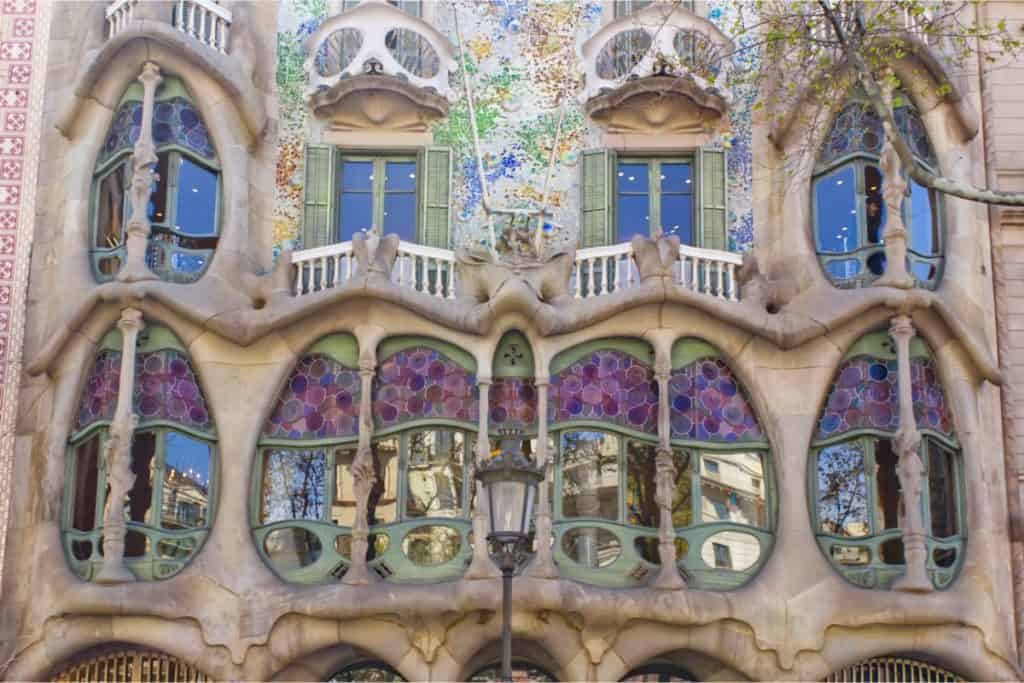
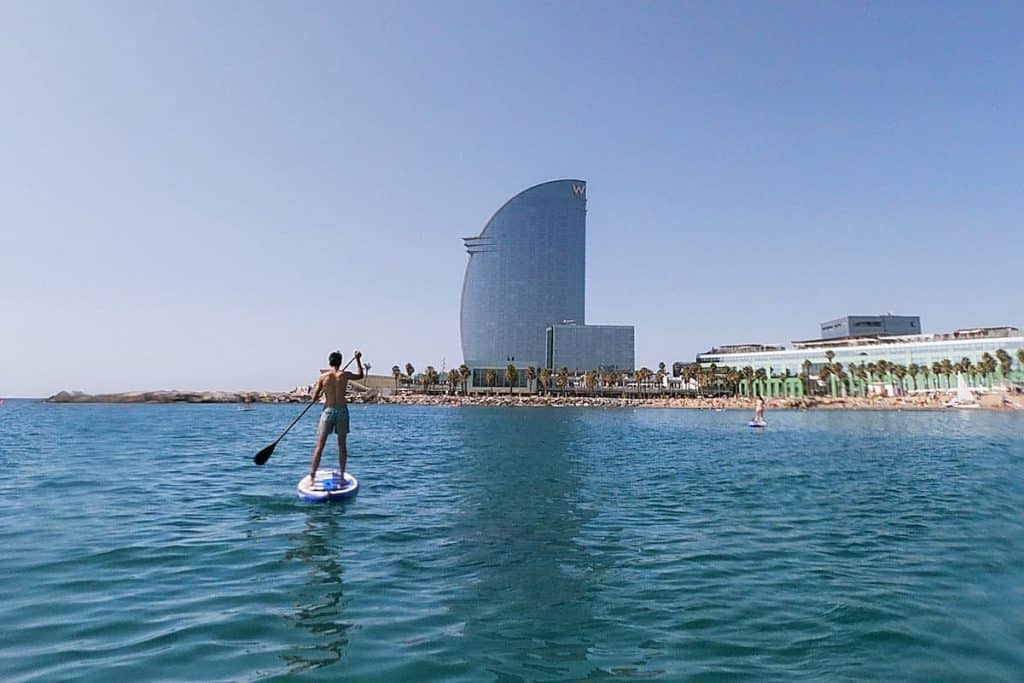

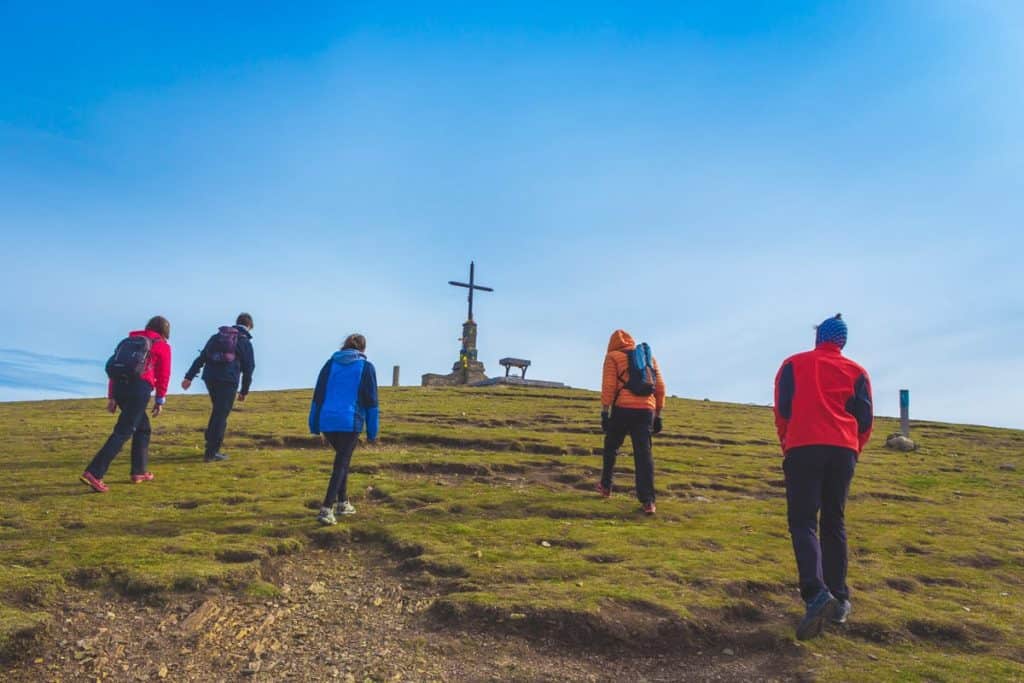
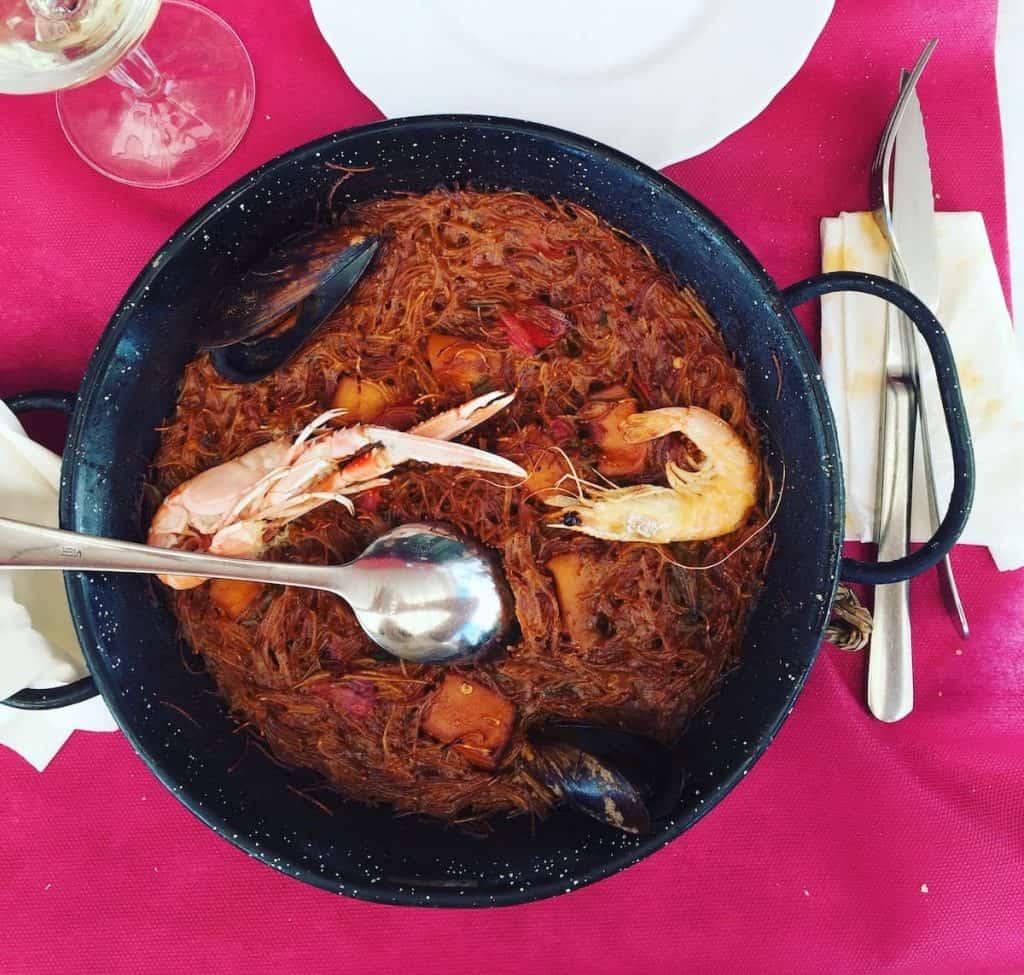
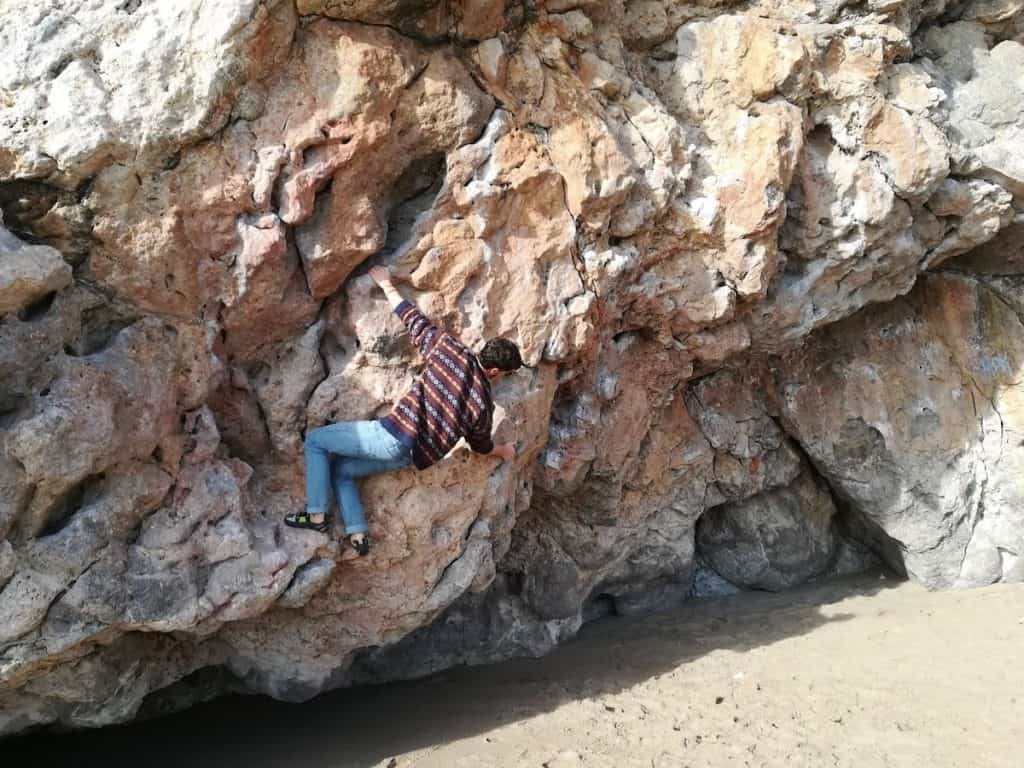
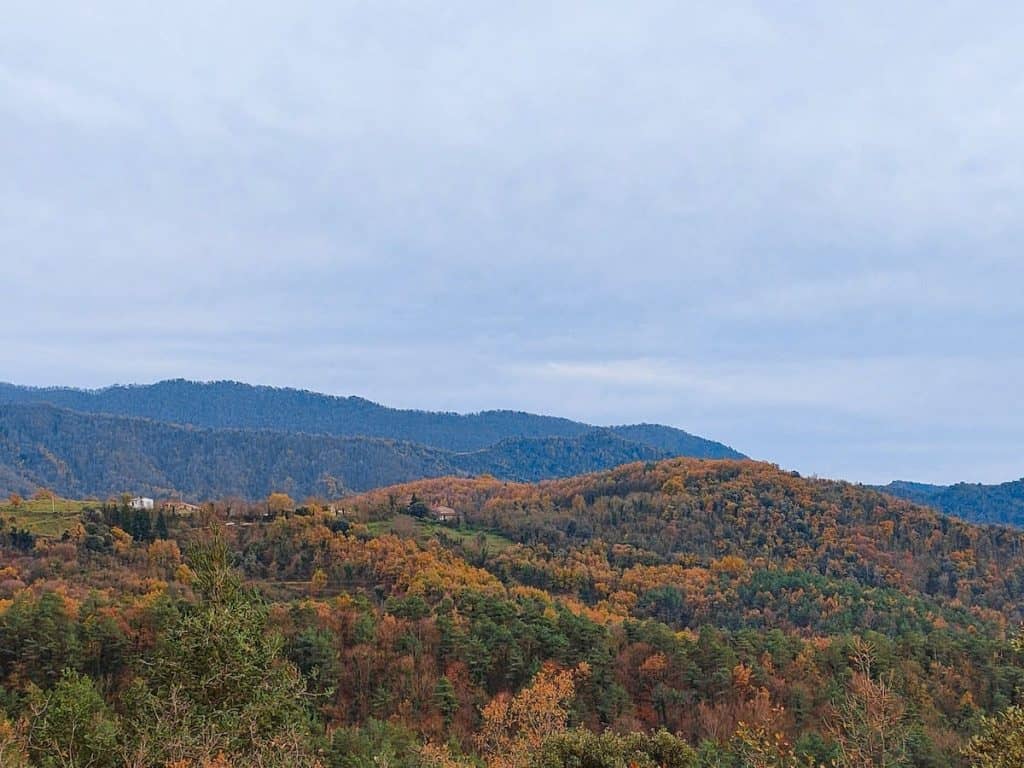
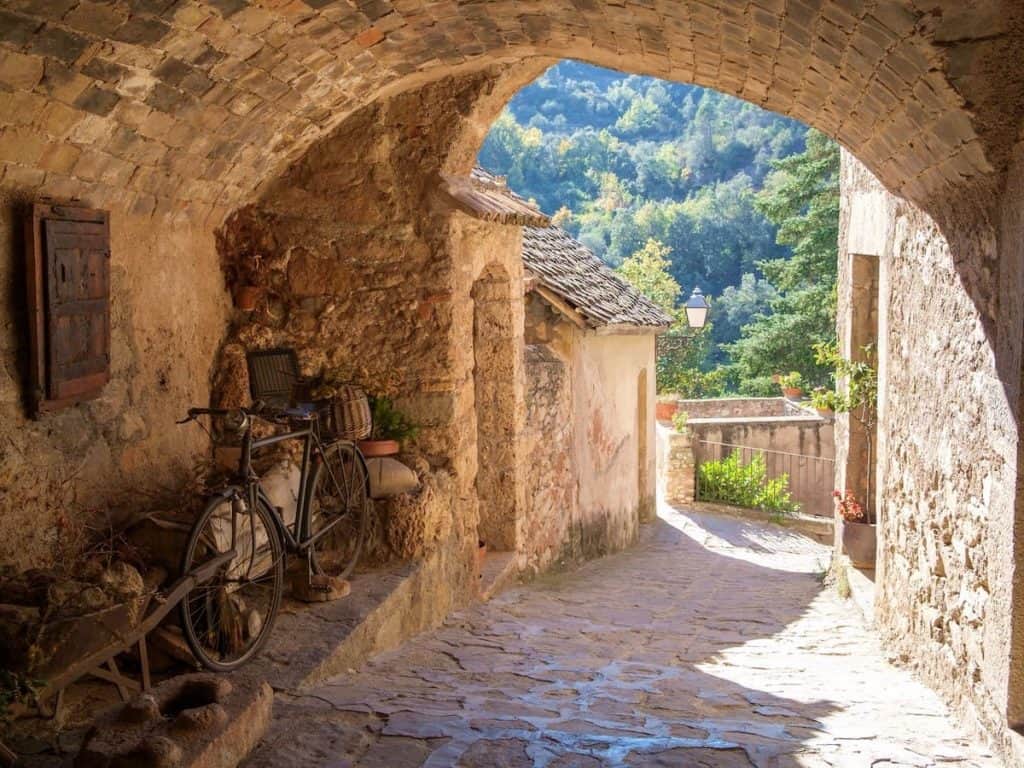
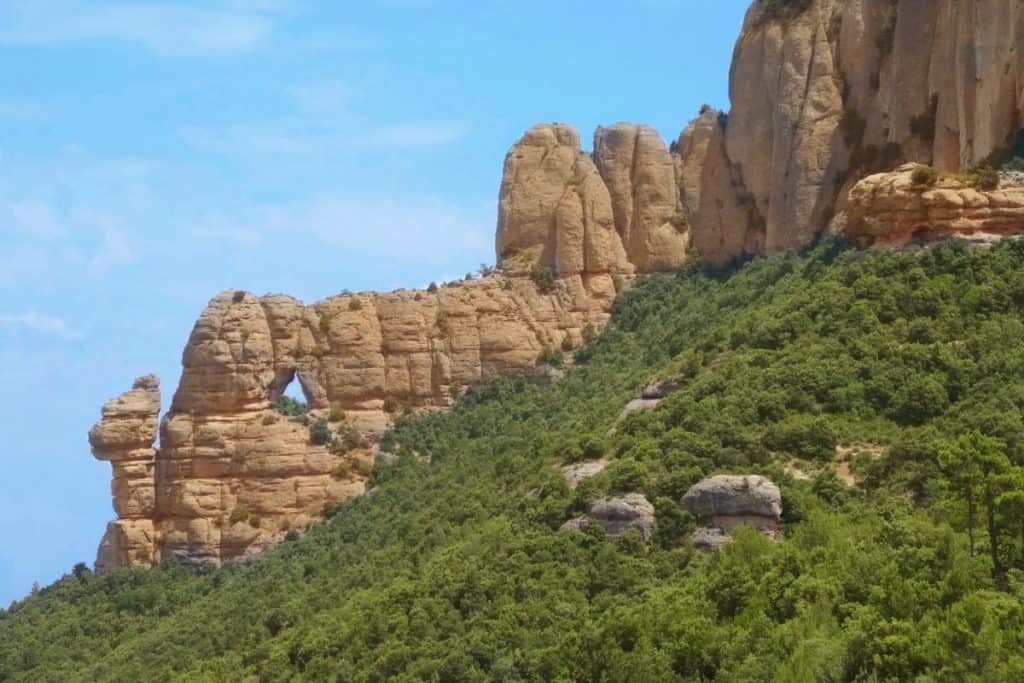
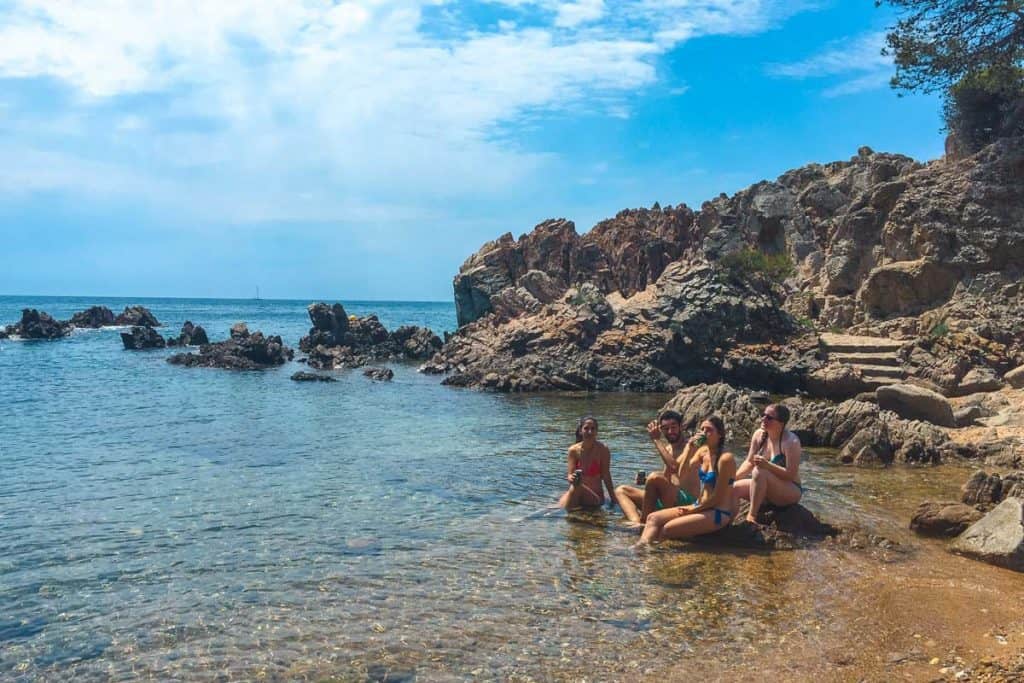
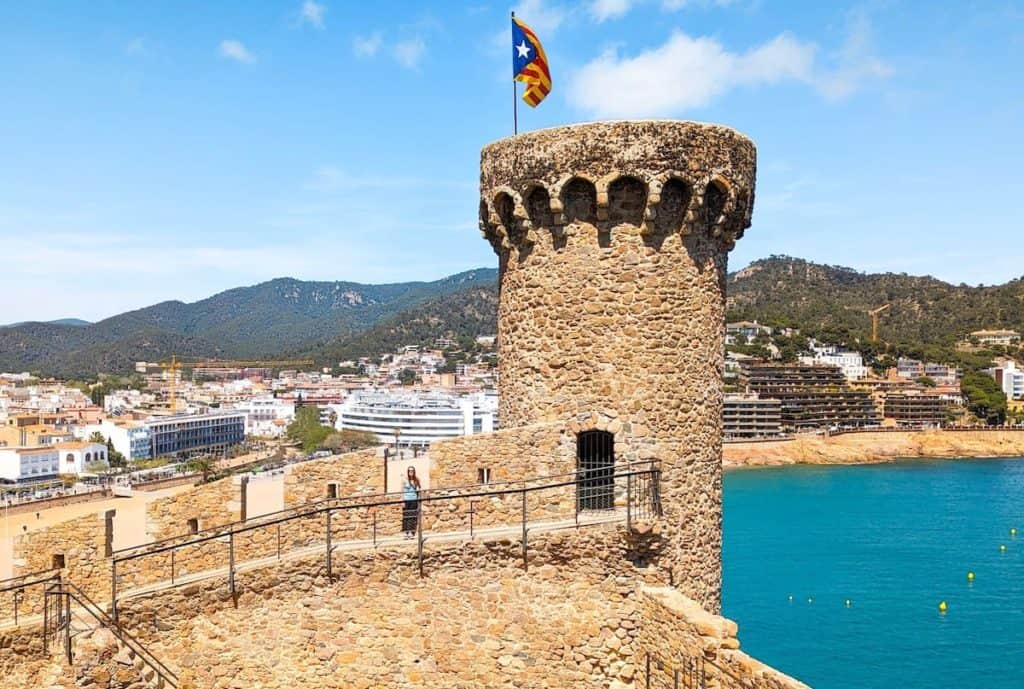
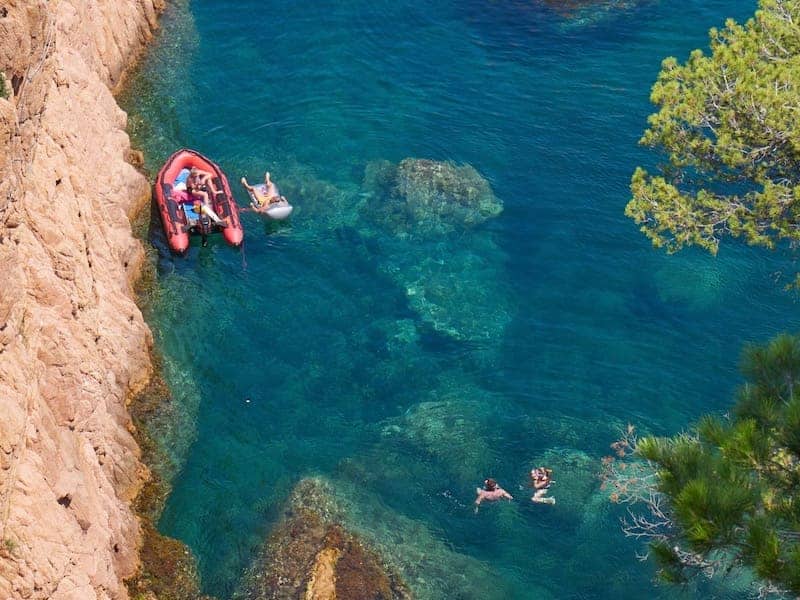
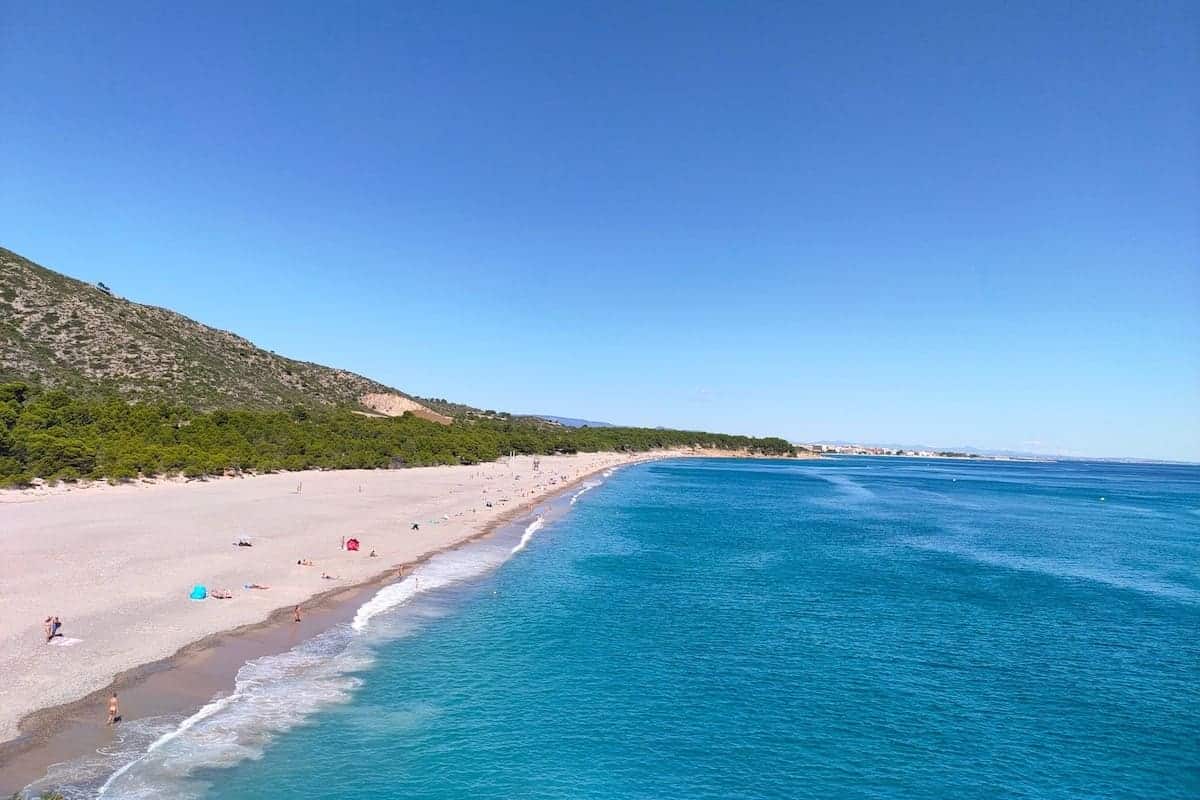
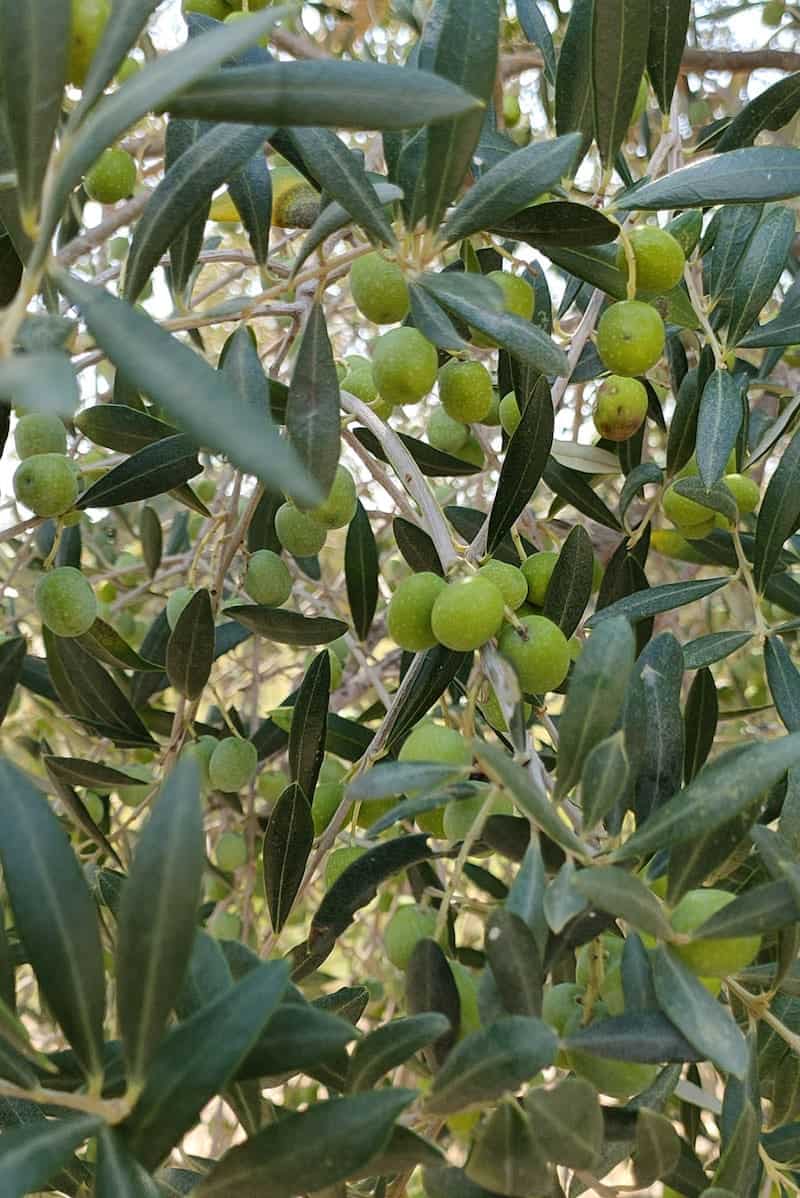

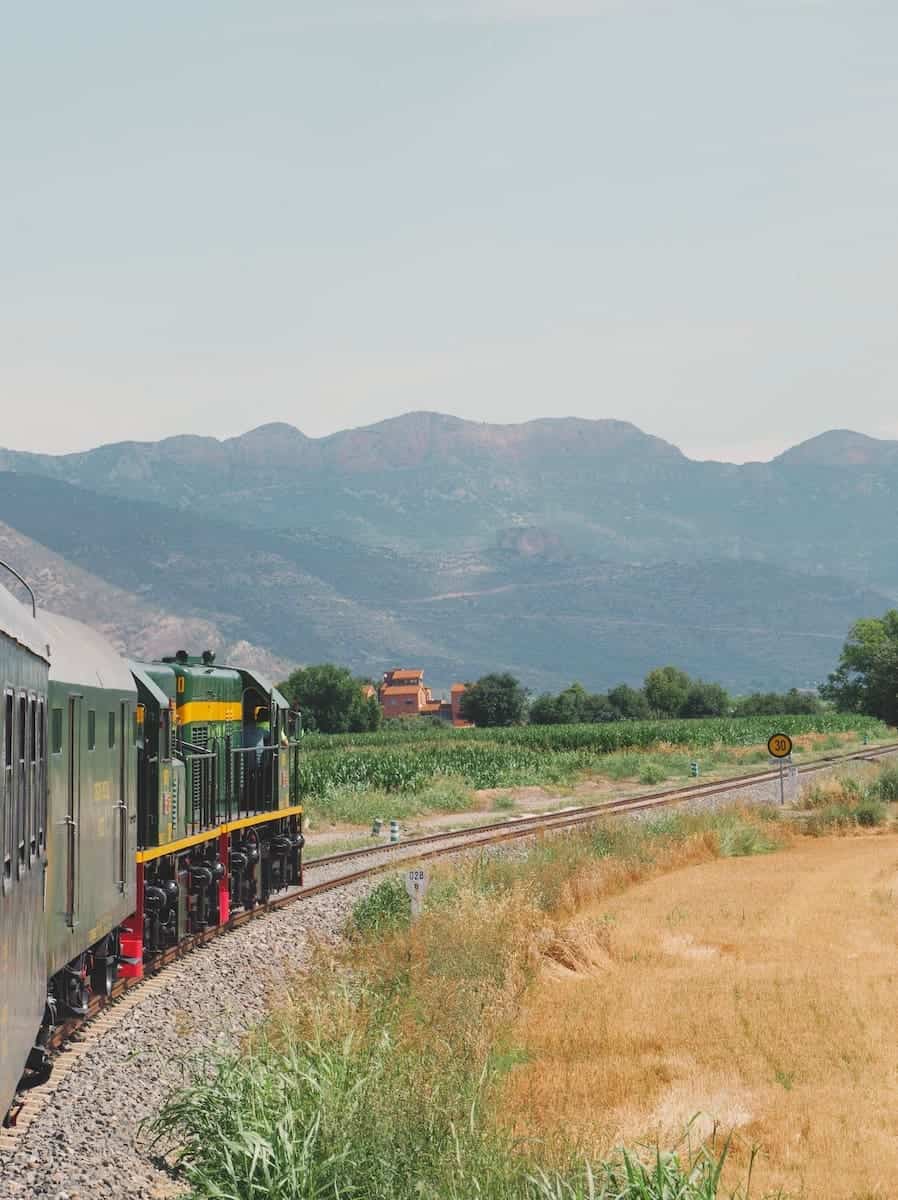
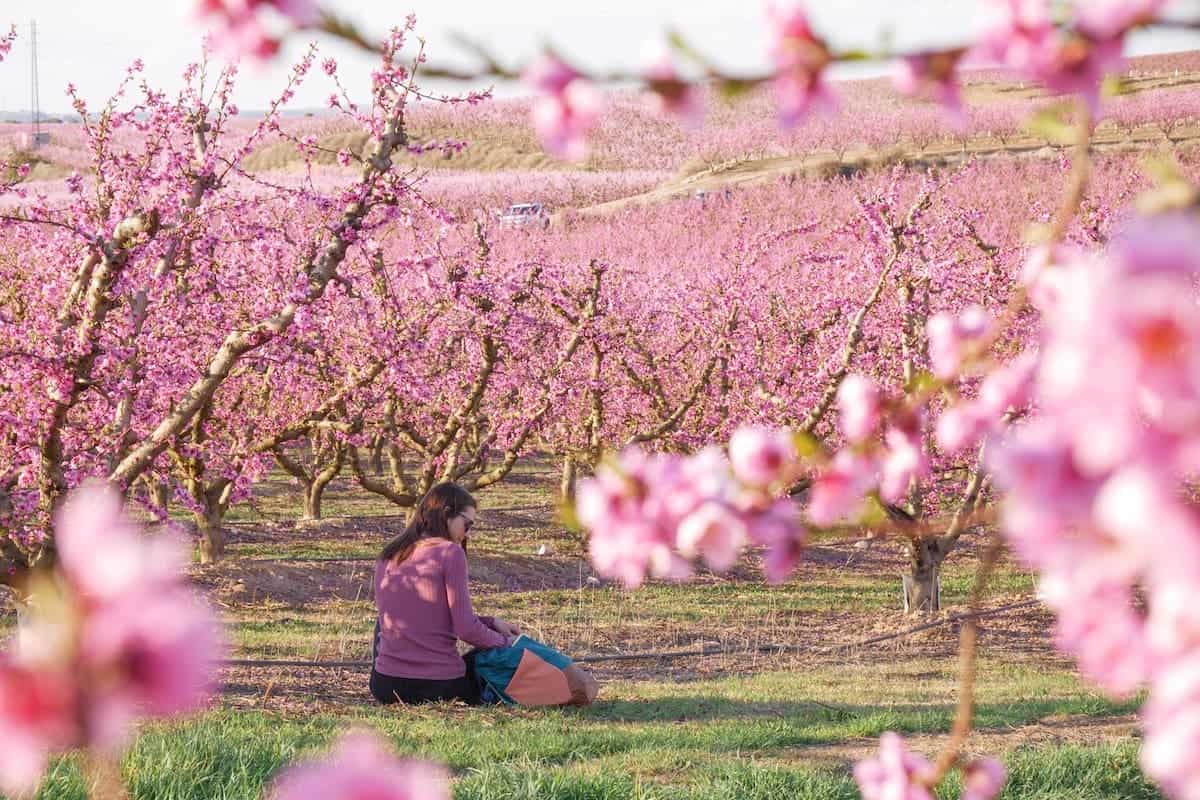
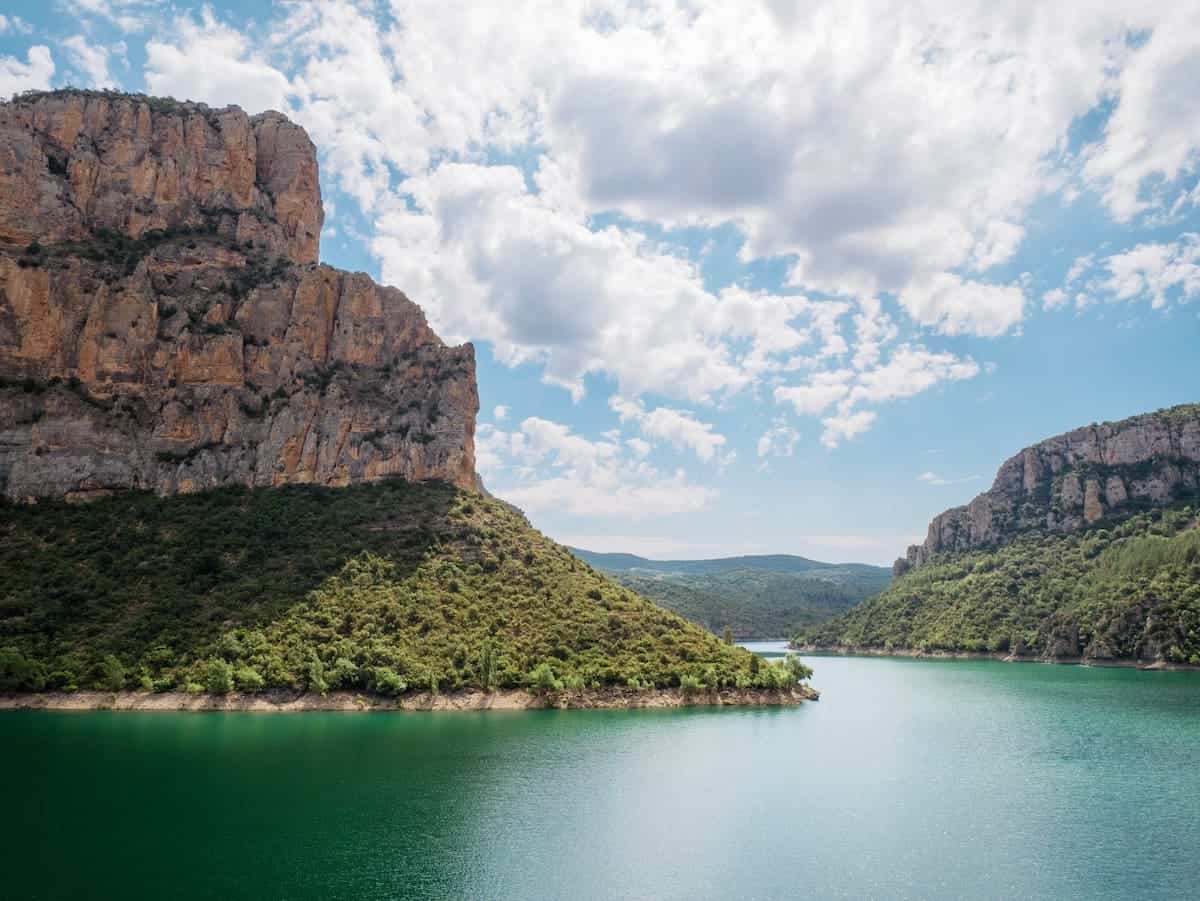
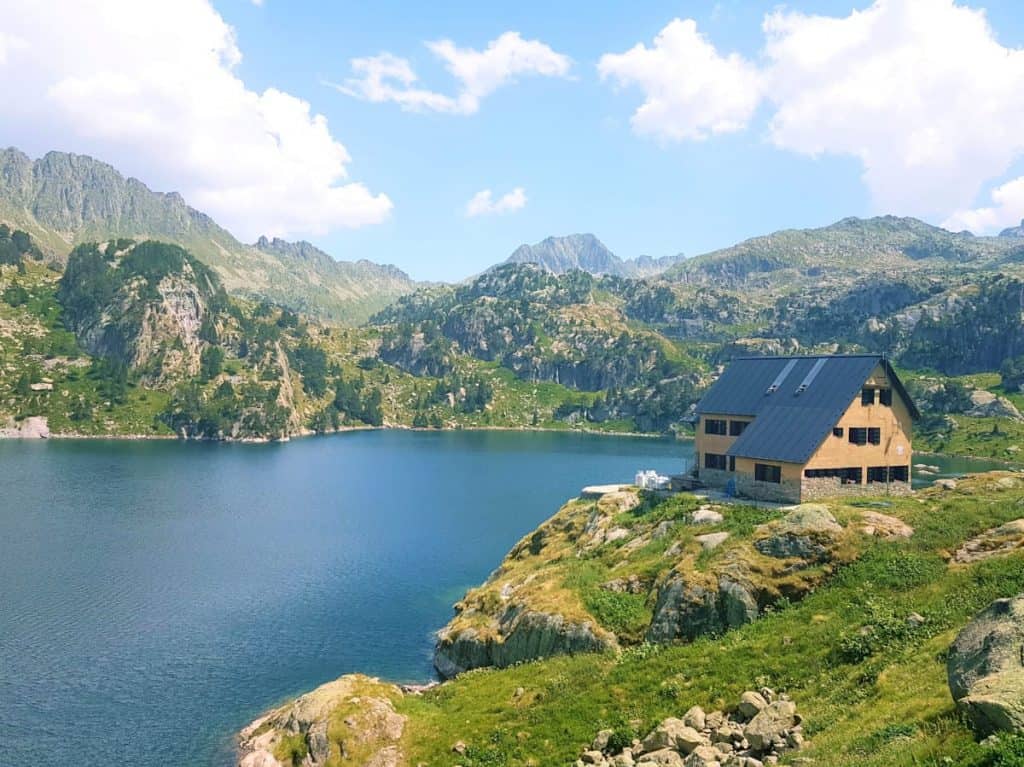
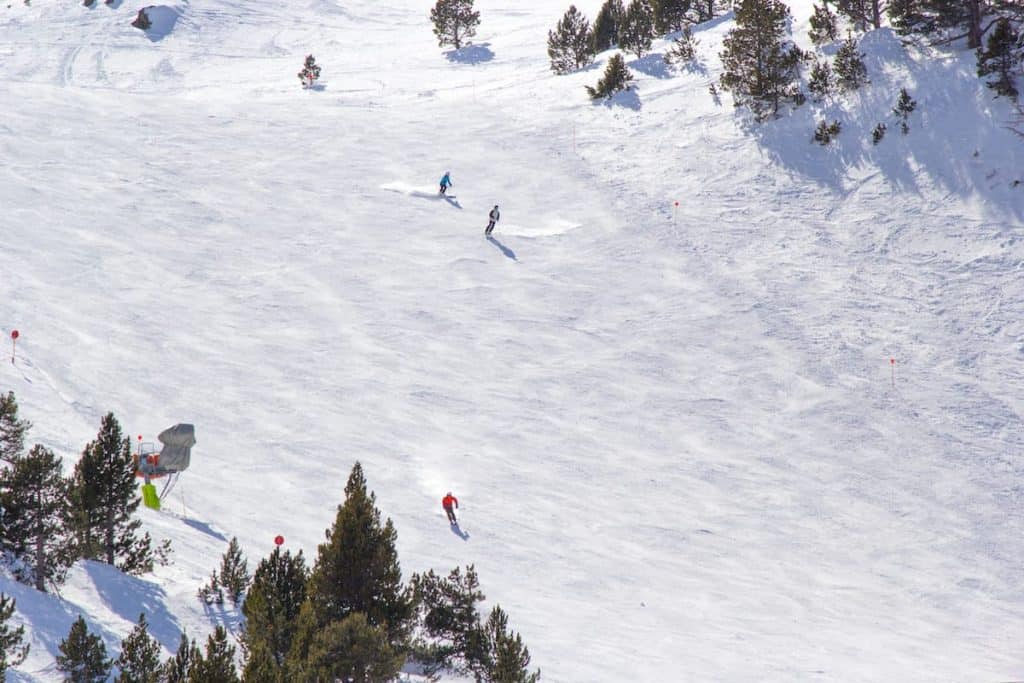
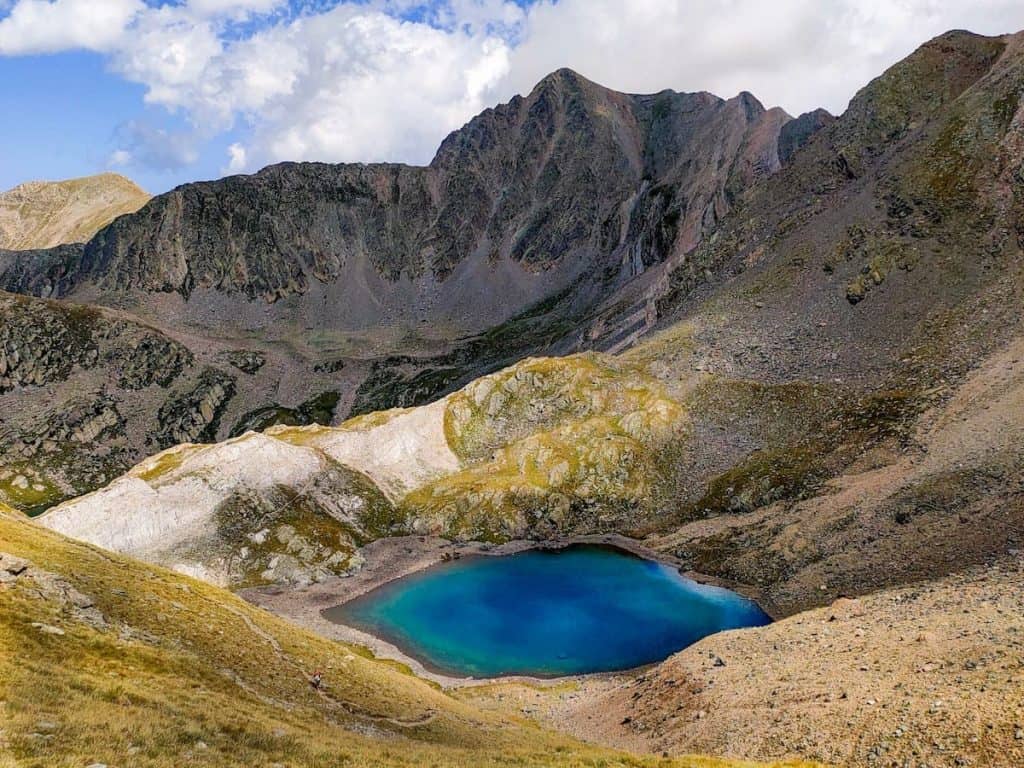
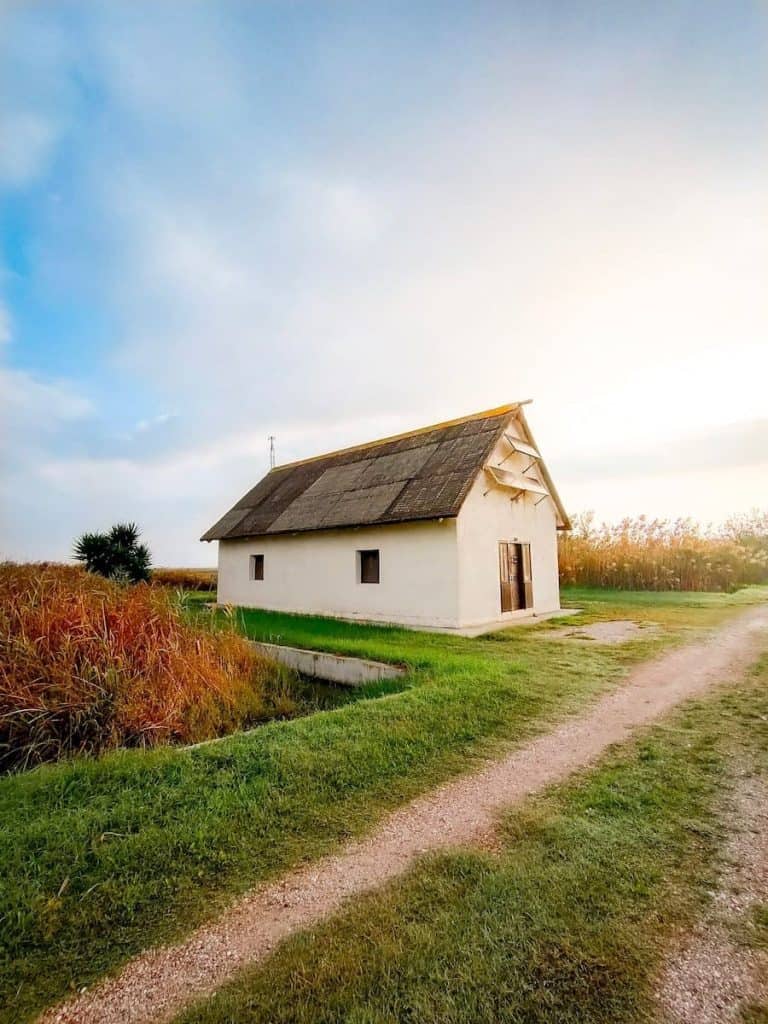
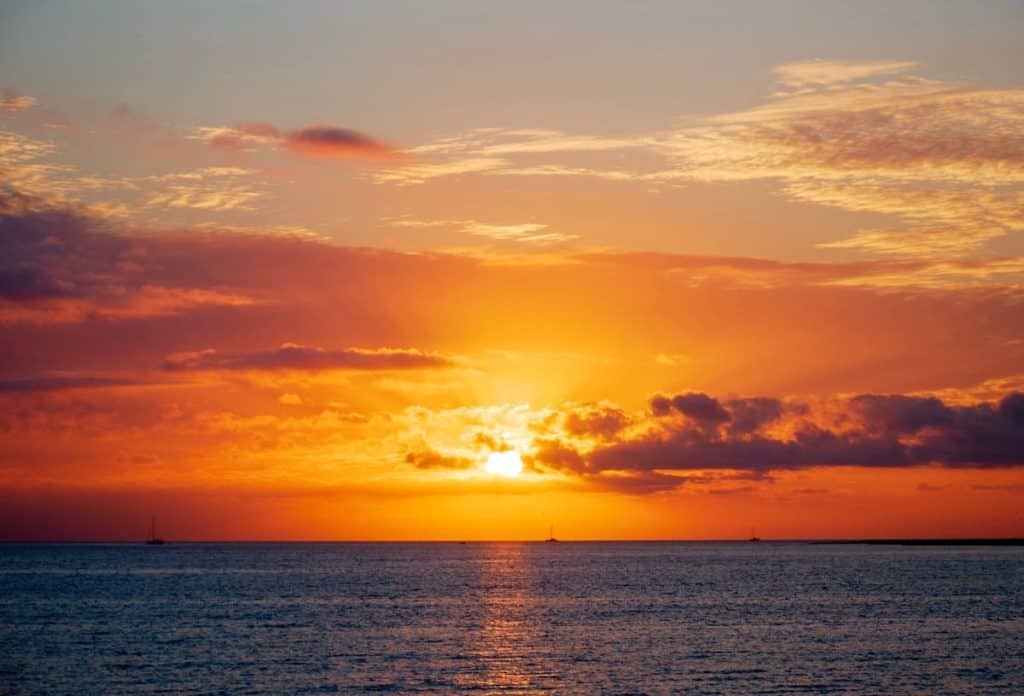
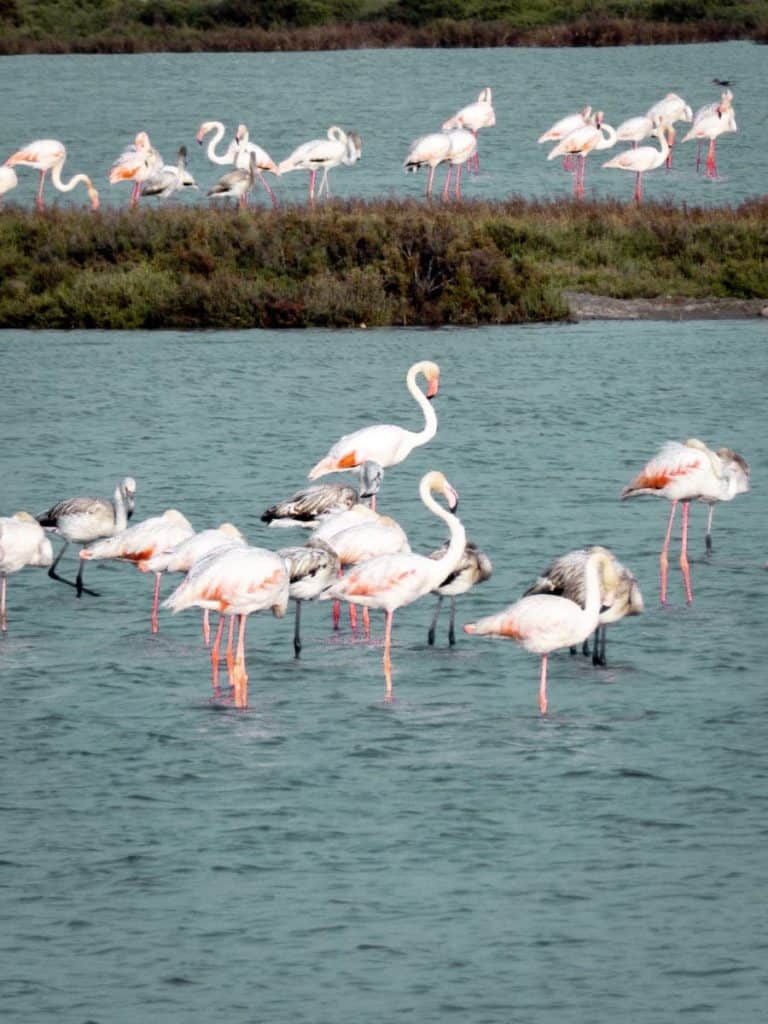
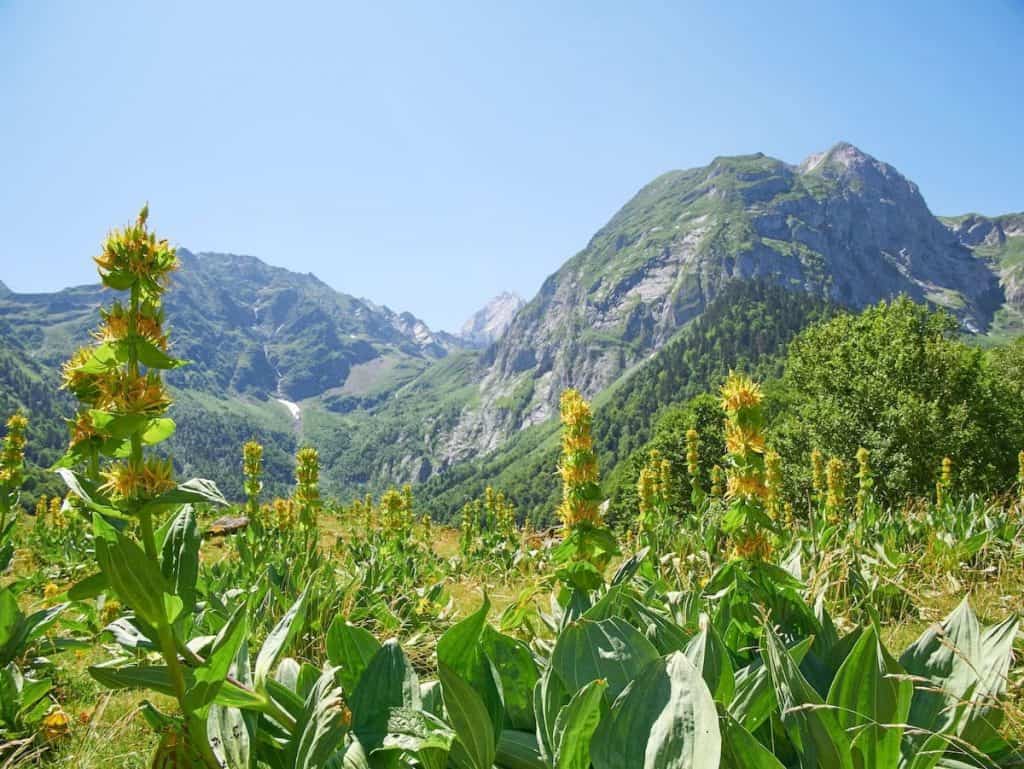
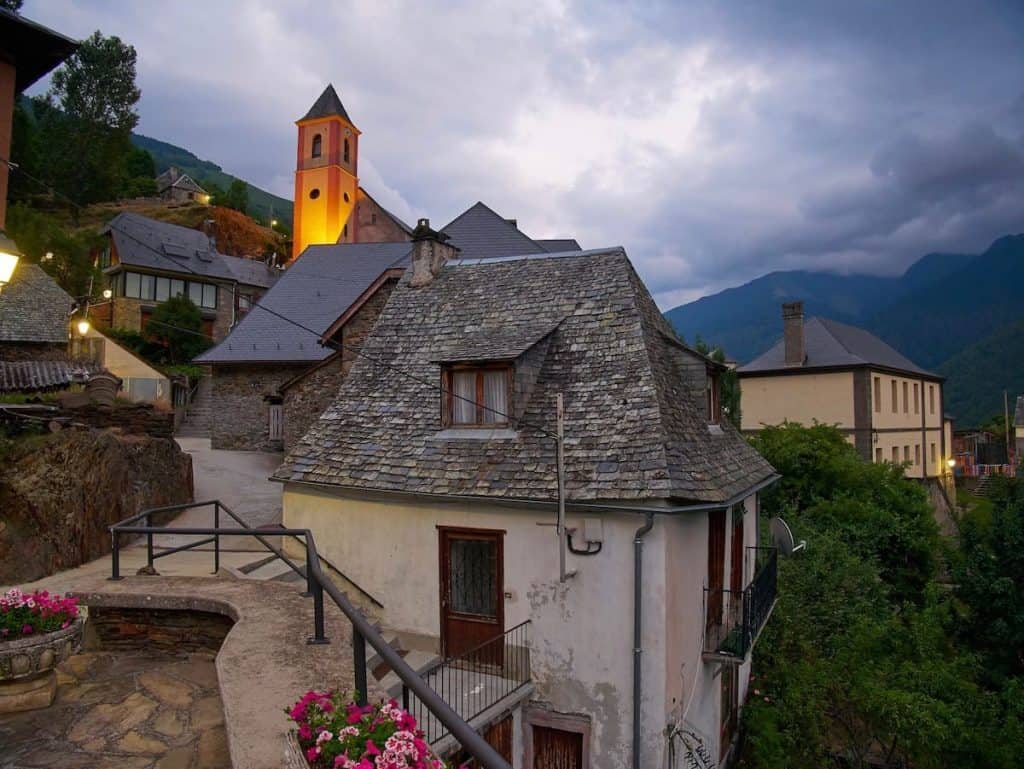
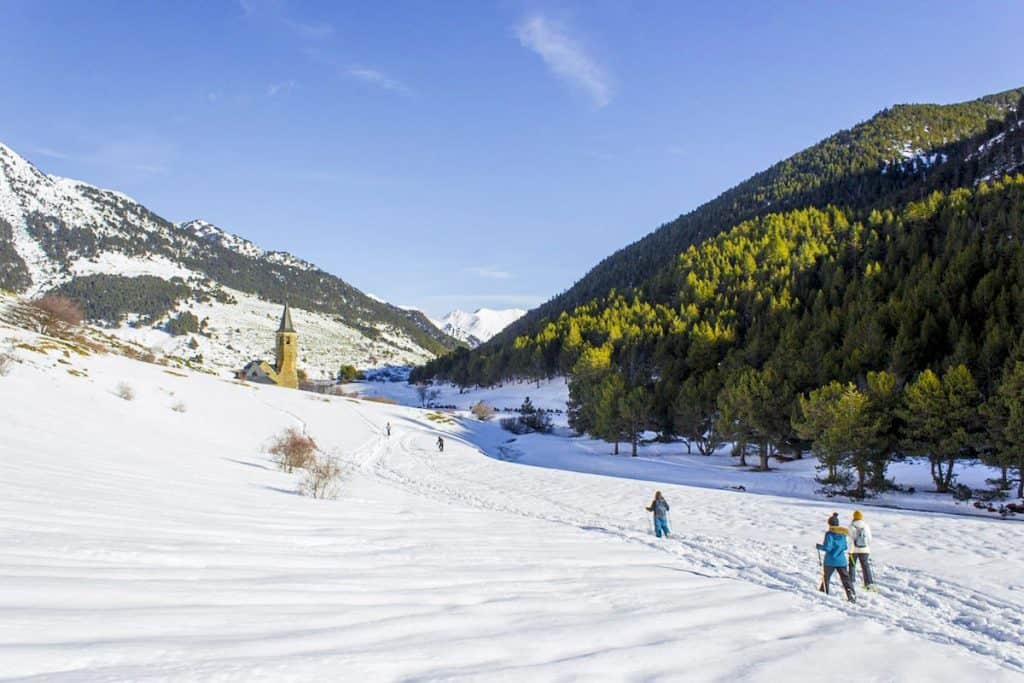
0 Comments